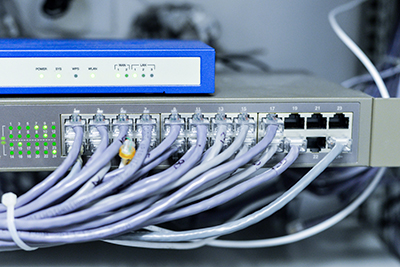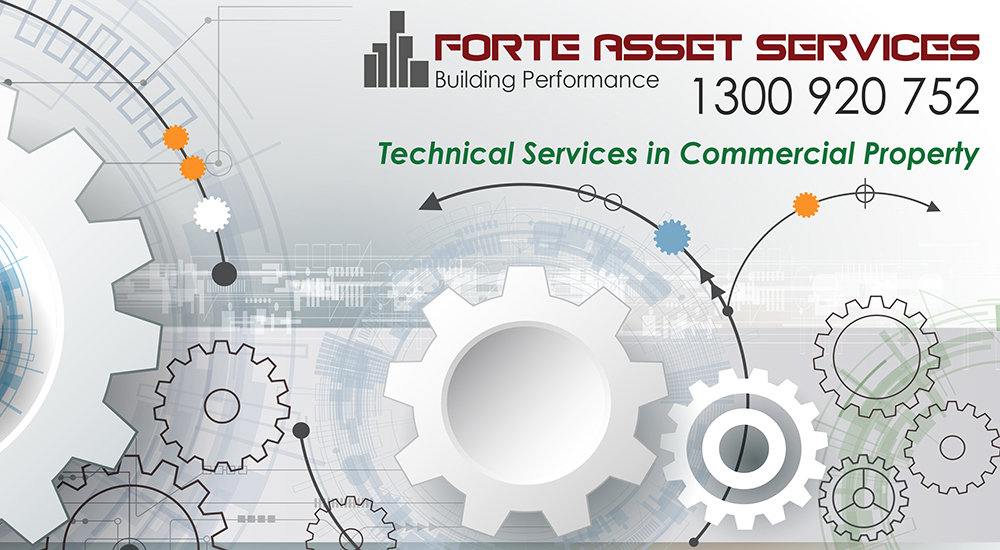
Building Information Modelling
What is the difference between an Asset Register and BIM
Building Information Modelling, as a generalization, will often begin at the design stage of a building, while an asset register is often referred as a part of an existing operational building.
As a general comment, we would say Building Information Modelling is deeper and a “cradle to grave” strategy; that is, BIM starts with the design and construction consultants, who choose or recommend materials and services to be implemented into a site.
As an asset register might target the lighting, electrical or HVAC system only or a monetary value, such as recording only assets above a set approximated value, say $3000.
Both situations are relevant as the Building Management System can trend data which serves to offer opportunities for operational management and energy conservation.
What is the relationship between BIM and the Building Management System
They can share information creating a relevant and “live” database for the connected equipment to the BMS.
How does a BMS Collect information?
Via trend logging, the data from the equipment is connected either via an Original Equipment Manufacturer’s High-Level Interface or third-party external sensors.
Example :
The chiller installed on Day cost $850,000, including peripherals such as pumps, mechanical, electrical switchboard, cooling tower and so forth.
The BMS controls and monitors the chiller via a high-Level interface and via external third-party sensors.
There are various parameters measured and recorded for the chiller, including energy, temperatures, pressures, alarms, and faults, all building a picture.
The BMS data and the BIM information can be analyzed; what do we see?
Repeat faults, energy performance, and external factors, just to name a few.

Building Information Modelling Documentation
Keeping Records Made more Functional
Does the site have a fluctuating voltage making the chiller work harder? Can this be rectified? Is there a power correction unit involved?
Can the chiller be “fine-tuned”? Are there times of the day the chiller underperforms? Why? How do the chiller and the HVAC system connected to the BMS perform in line with outside air?
Are there further opportunities for adjustments and recommissioning to maximize the equipment and the energy being used?
Existing Sites Can still be Monitored.
How Do BIM and the Building Management System (BMS) work together?
Software Integration.
We appreciate the sub-heading of “software Integration” sounds deep and meaningful and rather expensive, but its not. In a nutshell, picture a favourite excel spreadsheet, in that spreadsheet you want to move the “cell” of information into another, yet related spreadsheet, it’s a quick couple of clicks and your information is there in the second spreadsheet.
Software integration between the two is not much different, there are of course idiosyncrasies that need to be understood, but from a client’s perspective, this knowledge is not required. The point is that once the system foundations are set up, integration is straightforward.
Using the Data From System Integration
How do we use the information available?
Here are just a few examples:
Its is 7:00 am on a Monday,
An Alarm is generated by the vertical rise system
The alarm data is logged in the BMS
The BMS sends an email to the building manager and the elevator company
The Building manager sees the email, logs on to the system for his mobile, and confirms a work order which is sent to the elevator company.
With the confirmation of the work order, a bulk email is sent to tenants notifying them an elevator is out of order and to accommodate the inconvenience.
The Building manager gets of the train at 7:45 am and attends the site.
No panic and the tenants are aware.
The building Manager gets his coffee and puts a pedestal sign in the lift lobby for visitors that elevator number X is out of order.
Trend Logs
Automating Trend Logs
Asset Register
Variable Speed Drives
Indirect Opportunity to make money
Often with the Variable speed drive applications, the energy savings will reflect in the Nabers assessment, this, in turn, has the opportunity to make the landlord money as the building becomes more and more “green”, which in turn will eventually add the opportunity to improve the relationship with tenants and income opportunities.

